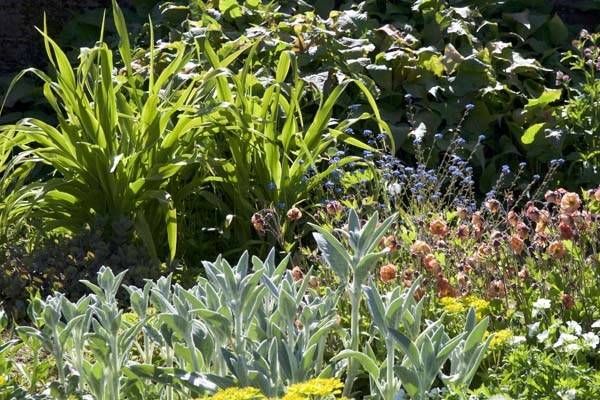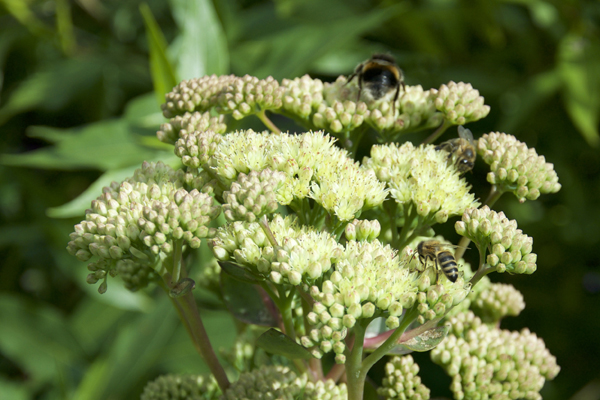Epimedium (Bishop's Mitre) The Ultimate Guide
It’s difficult to say why, but I always feel a touch of joy when I spot an Epimedium. These delightful spring flowering plants with delicate flowers and handsome leaves are neither glamorous nor showy. They are demure, discreet, a little shy, and can be slow to establish.
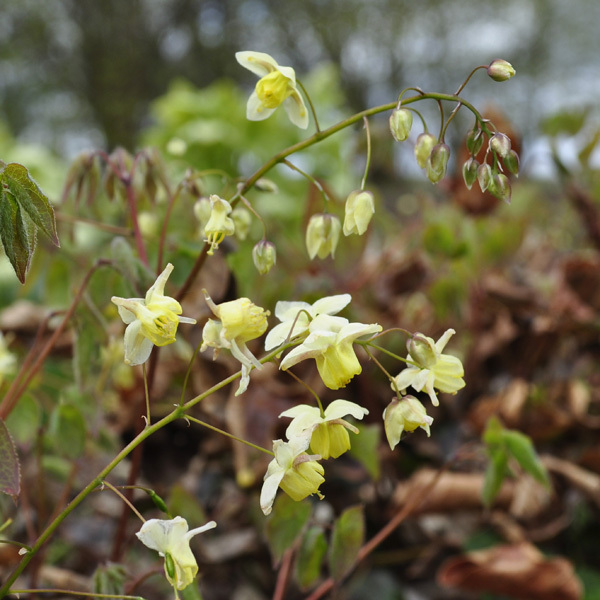
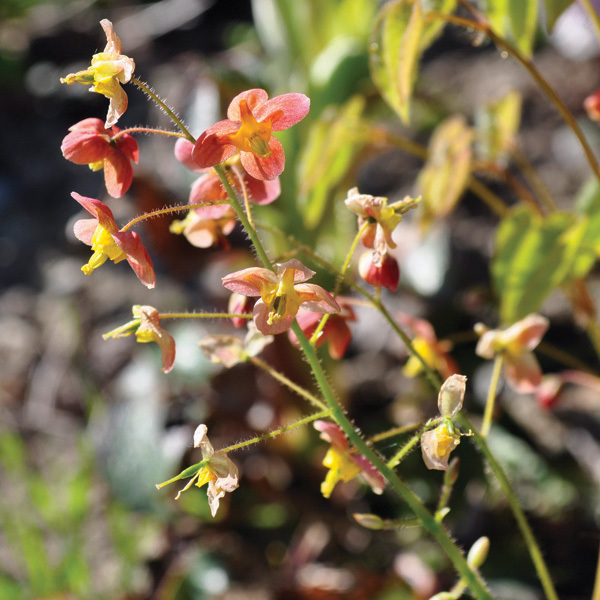


Left to right: Epimedium x versicolor 'Sulphureum', Epimedium x warleyense 'Orangekonigin', Epimedium 'White Hart', Epimedium 'Domino'
Types of Epimedium
Some varieties have evergreen leaves, others have leaves that die back in autumn. Twenty years ago there were very few species around, but over the past ten years or so new plants have been introduced from China, resulting in a swath of new hybrids.
Not all of these new species are worth making space for in the garden. These varieties are collector plants rather than mail order plants for the average garden. I think that many of these new plants need to be trialled before recommending them for garden use. The ones I have for sale on the online plant nursery are easy to care for and suitable for a home garden.
When do Epimedium Flower?
Epimediums and Bishop's Mitre are spring flowering plants, with some lasting until early summer. The flowers, which can be white, yellow or reddish pin, resemble little school caps. Some are topped with long spurs making them look like four-cornered hats, hence the common name 'Bishop's mitre' or 'Bishop's hat'.
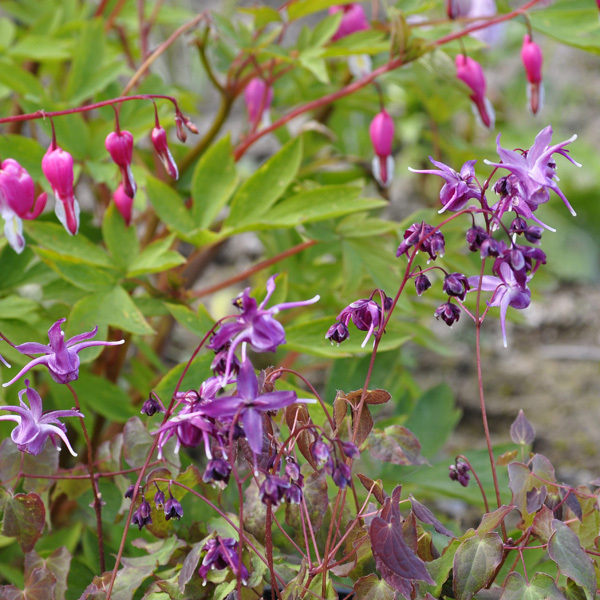
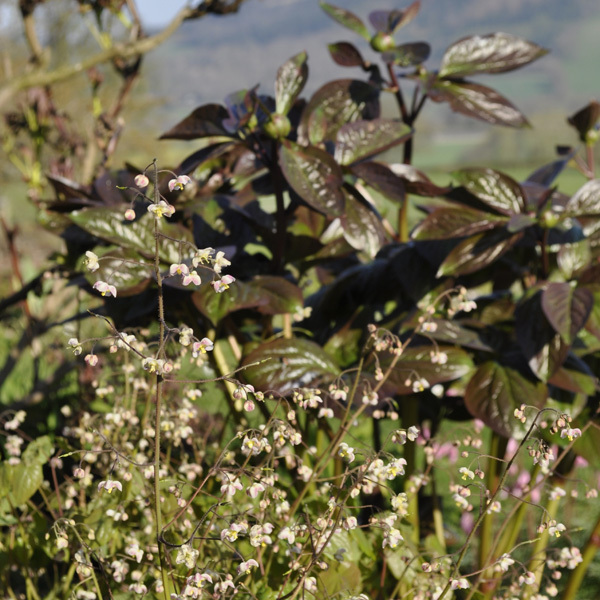

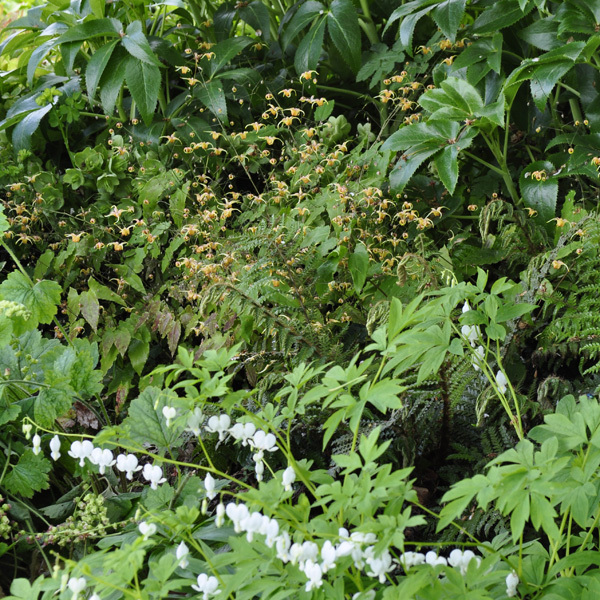
Left to right: Epimedium grandiflorum 'Lilafee' and Lamprocapnos spectabilis, Epimedium pubigerum with early leaves of Peony 'Lovebirds', Epimedium x rubrum with Lamium orvala, Epimedium 'Amber Queen' with Lamprocapnos spectabilis 'Alba'
Epimedium Leaves and Appearance
The flowers of this spring flowering plant are carried on wiry, thread-like, branched stems that dance above a mound of low, spreading, oval or arrowhead-shaped, leathery leaves. These leaflets can number as high as 50!
The stems and leaves of young growths are distinctly red, maturing into green. Many varieties will keep a tinge of red on the edge of the leaves, or mature into a brown-purple over the summer.
Where Epimedium Come From
In the wild, Epimediums are found in woodlands of China, Japan and eastern parts of Europe. They’ve been given all manners of names over the centuries, from Bishop's Mitre, to Fairy Wings and Yin Yang Huo, though the latter relates to a single variety of the Epimedium.
Epimedium Planting Guide
Where to Grow Epimedium
Epimediums grow from slender rhizomes, allowing some varieties to cope with dry, shady areas (even those found near leylandii hedges), while others require a damper spoil in partial shade. Although they perfect partial or dappled shade, they will grow in full sun as long as the soil remains moist. Epimedium x versicolor 'Sulphureum' will grow in a drier spot.
How to Plant Epimedium
Mail order plants bought from my online plant nursery should be planted between March and April. It is a quite hardy perennial and does not require frost protection. When taken out of their pot and planted in the soil, do not place the crown of the plant under the soil surface.
Epimedium Care Guide
Once established, the Bishop's Mitre is incredibly tough and long-lived, requiring little attention. I've had no problem growing them in full sun, but they do need soil that retains some moisture. In general, if an epimedium is readily available from a garden centre or an online plant nursery, it will be easy to grow.
Pruning
They can be slow to establish, and some varieties can also be temperamental as to growing location. Cut the old leaves off evergreen varieties before the flowers begin to emerge in early spring to tidy the plant up.
Pests
Slugs and vine weevils are known to target the plant, with the root-targeting vine weevil grubs being the biggest concern. These are white legless larvae with light brown heads, about the size of long grain rice.
Epimediums Are Good With
Other shade-loving plants such as Hellebores, Brunnera and Bergenias.
